Can I reverse visible veins naturally?

As spring kicks into high gear and summer isn’t far behind, discovering varicose and/or spider veins on your body can be quite unsettling. This is because at that time of the season, most women feel the pressure to have picture-perfect legs for baring in shorts and skirts. For some, the only thing worse than realizing you missed a few hairs around your knee is spotting deeply colored, noticeable veins.
Varicose veins, as they’re most commonly known, affect more than 80 million adult Americans, according to Say Goodbye to Varicose and Spider Veins Now! by Greg Martin, MD.
Both of these types of veins are symptoms of an underlying venous insufficiency disorder. There is no need to panic, however, because in most cases, they’re not harmful; they typically look far worse than they are.
Veins work tirelessly with the muscles to send blood up from the legs back to your heart. But, for some people due to some specific reasons the veins start to malfunction, showing up as funny-colored blood vessels just underneath the dermal skin layer. These can either be varicose or spider veins.
What are varicose veins?
Unlike arteries, our veins contain one-way valves that channel oxygen-depleted blood back toward the heart. When one or more of these valves malfunction, blood accumulates in the vein, often causing swelling and leading to the formation of varicose veins.
These appear mainly on the legs, and often show themselves as swollen, rope-like bulges on the surface of the skin, though they may cause symptoms before any bulging is visible. Symptoms, which are often made worse by prolonged standing, include feelings of fatigue, heaviness, and burning and aching in the legs (sometimes accompanied by swelling, itching and discoloration). Not everyone has symptoms, however. People with an active lifestyle may not experience significant discomfort or pain, even in the presence of enlarged and swollen veins.
Risk factors
It is a popular belief that crossing your legs causes varicose veins. ‘There’s no proof of this,’ says Hill. Though leg-crossing can be unhealthy for other reasons, it is a myth that it is responsible for this condition.
On the other hand, genetic predisposition is the most significant risk factor in developing varicose veins, according to Corpus. If both of your parents are affected by them, there is a 90 percent chance you will develop the condition. If only one parent is affected, females have a 62 percent chance, while for males it is 25 percent. If none of the parents are affected, the risk decreases to 20%. Other factors include obesity, pregnancy, old age, congenital valve defects, a sedentary lifestyle or a work situation that includes prolonged sitting or standing.
Hormonal changes such as puberty, pregnancy and menopause, as well as birth control or hormone replacement, can also increase the risk.
Causes
In healthy veins, blood normally flows from the periphery of the body to the central venous system and up to heart, from where it gets pumped to the lungs to be reoxygenated, said Dr. Lowell Kabnick, a vascular expert and director of the Vein Center at NYU Langone Medical Center, in New York.
Veins have valves that enable the blood to flow in one direction. As a vein becomes diseased or enlarged, the valve cuffs stop working. Blood starts to back up, and the result is a varicose vein — a dilated or enlarged vein that looks ropey, with blood that is flowing in the opposite direction as blood should flow.
The venous system includes superficial veins, which are close to the skin and have many branches, and deep veins, which are closer to the bones and connected to the veins that lead to the heart. Most often, varicose veins form along the superficial veins, where they are usually not harmful to health. But in rare cases, varicose veins can develop into more serious problems that require intervention, he added.
Symptoms
Symptoms of varicose veins include sensations of fullness, heaviness or pain in the legs, visibly swollen veins, slight swelling of the ankles or feet, pain, itching or fatigue. Complications of the condition can include discoloration of skin, inflammation under the skin, thinning of the skin or breakdown/ulceration of the skin, he said. Sometimes varicose veins can form a painful blood clot with the inflammation of the vein, called thrombophlebitis. If they form in deep veins, they can rupture and travel to the lungs, which is much more dangerous.
In women, symptoms can worsen at certain times in the menstrual cycle or during pregnancy.
What is Spider veins?
Technically called telangiectasia, these are small (less than two millimeters in diameter) dilated veins near the surface of the skin that are common in both men and women. They are most often on the legs and face, and are caused by pressure from the circulation in your veins and by hormonal changes such as pregnancy. Experts caution that spider veins may be a sign of deeper venous insufficiency ’meaning poor circulation’ and so close attention should be paid to it.
What is the difference between both of them?
Varicose and spider veins are quite different.
Spider veins are tiny (spider web-like) blood vessels that have become dilated or widened and thus are able to hold more blood, making them much more apparent on the skin’s surface. They may occur anywhere on the body.
Varicose veins are larger veins that pool blood and bulge. They are most commonly seen in the lower leg area.
Now, in terms of resilience, Spider veins are quite stubborn. They can reappear, but varicose veins return after treatment in only 10 to 20 percent of cases, says Hill.
Habits that can help prevent varicose and spider veins
If you are prone to visible veins, it is important to adopt habits that will delay their development, such as maintaining a healthy weight. Says Corpus, ‘An active lifestyle that includes lots of walking is the best way to minimize the symptoms and development of varicose veins, as well as the use of compression stockings when sitting or standing for long periods of time.’
Wearing support stockings. The most conservative approach is simply to wear a tight-fitting support hose, especially when the veins cause painful or uncomfortable symptoms.
These stockings can usually be purchased at any surgical supply store and some pharmacies. They are available below the knee, above the knee, and pantyhose styles.
Making lifestyle changes. Good skin hygiene, weight loss (if necessary) and walking can help treat varicose veins. Eating a low-salt diet helps reduce water retention and swelling.
According to the NIH, doctors may recommend the following self-care measures for managing varicose veins:
- wearing compression stockings to reduce swelling
- avoiding sitting or standing for long periods
- raising your legs above your heart for 15 minutes three to four times per day
- treating any open sores or infections
- losing weight if you’re overweight
- getting more exercise (such as walking or swimming)
- moisturizing dry or cracked skin
Kabnick uses a pneumonic called the “6 Es” to help his patients remember these things: 1) elevation, 2) exercise, 3) emollient (moisturizer), 4) electrolytes (avoiding excess salt), 5) evaluation of lifestyle (avoid excess sitting/standing) and 6) enjoy the rest of your day (just for fun).
Treatment options for varicose and spider veins
Firstly, I will like to inform you that it’s a myth that you don’t need treatment until the veins worsen. The more you waste time without addressing the condition, the more difficult it is to get rid of it. If varicose veins are left untreated, pressure in the vein can increase, says Hill, causing worsening swelling and leg cramps, risk of phlebitis (inflammation and blood clot), and other complications.
Now, listed below are the common treatment options for visible veins:
Sclerotherapy: This procedure, available since the 1930s, uses a highly concentrated saline solution (salt) or a specially designed detergent that is injected directly into the vein, causing the vein to gradually disappear in three to six weeks. The procedure is simple, relatively inexpensive, and can be performed on an outpatient basis.
Endovenous laser treatment: A small laser fiber is inserted into the vein so that pulses of laser light can be delivered inside the vein, which causes the vein to collapse. The procedure is done as an outpatient under local anesthesia.
Radiofrequency occlusion: During this procedure, a small catheter is inserted into the vein to deliver radiofrequency energy to the vein wall, causing it to warm up, collapse and close. The procedure is generally done in an outpatient or in-office setting and may be done under local anesthesia.
Surgery: Surgical techniques to treat varicose veins include ligation (tying off of a vein) and stripping (removal of a long segment of a vein), ambulatory phlebectomy, which allows for the removal of large surface veins through very small incisions that do not need stitches, and endoscopic vein surgery. Surgery may be performed using local, spinal, or general anesthesia. Most patients go home the same day as the procedure. Surgery is generally used to treat large varicose veins. Endoscopic vein surgery uses a small camera to see inside and remove the veins.
Lasers and intense pulsed light: These devices use heat energy to selectively damage or destroy abnormal veins. An advantage of these treatments is that no needles or sclerosing solutions are required; however, there may be some minor discomfort. Side effects occur, including discoloration or staining and blistering. Examples include Vasculight and PhotoDerm.
What is the best treatment for visible veins?
Not all patients need such intense treatment for their varicose or spider veins. In fact, many people have no pain or other symptoms, but despite that fact, most people still want to get rid of these veins for cosmetic reasons. And for this reason, we’ve brought to you a less stressful, inexpensive, and effective solution.
The Authentic Dr. Elix Advanced Varicose Veins Lotion is what I’m talking about. The all-natural Elixir reduces visibly varicose and spider veins appearance as well as supports the nerves responsible for blood circulation thereby improving the vein’s health
However, for more severe cases, medical intervention may be needed. But today’s treatments are minimally invasive, and most can be done in an outpatient clinic with the right knowledge and more importantly the right product.
Dr. Elix – Premium Organic Solutions

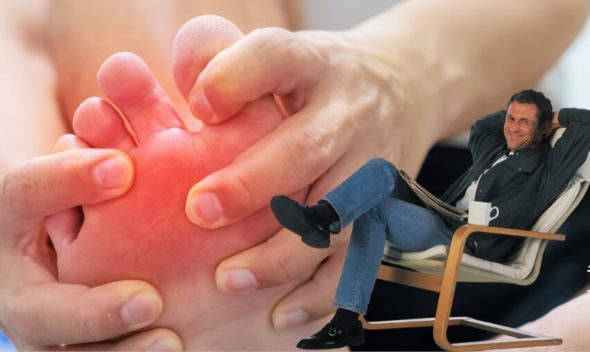

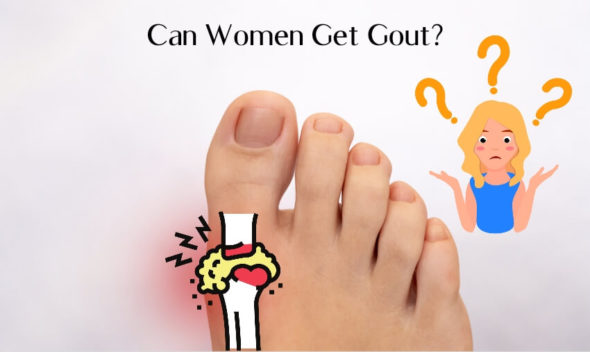
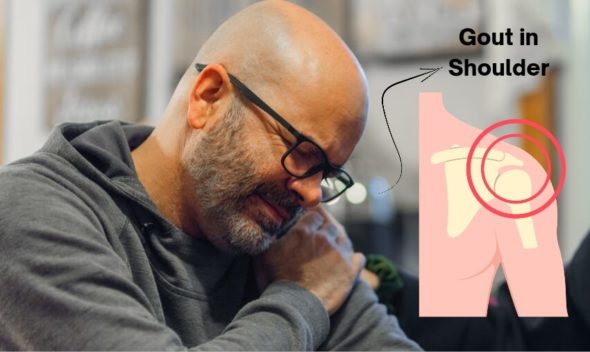

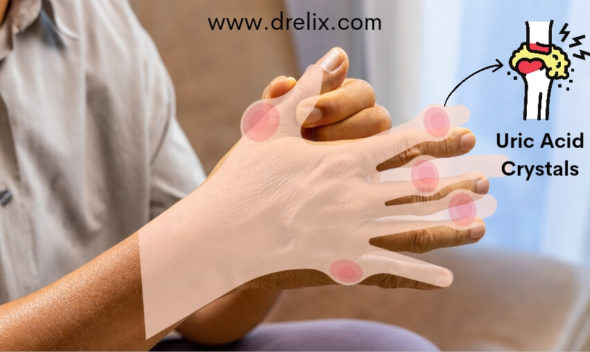
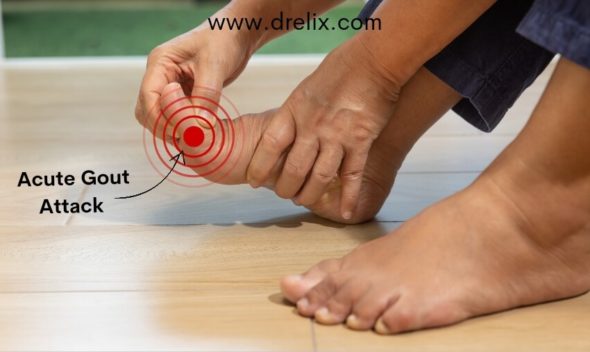
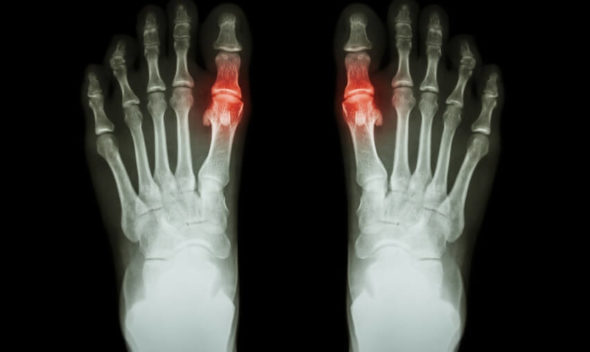

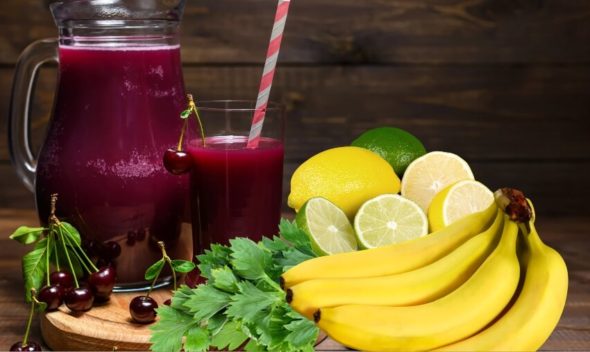

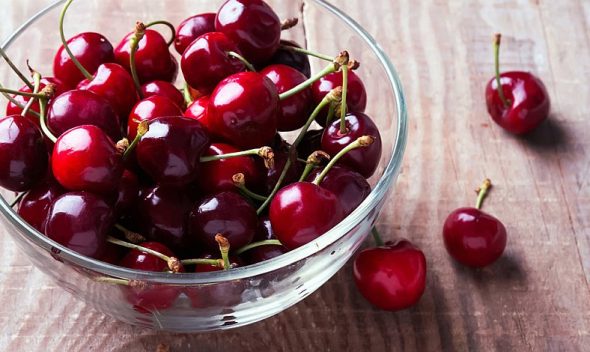
What you said about how heat energy can be used to remove varicose veins was really interesting to me. My mother got varicose veins in her leg after she gave birth to her third child, and she often gets restless legs because of it. I’ll be sure to mention to my mother that she should consider looking into this form of treatment.
Hi Henry,
Glad that you have found the heat energy treatment interesting for your Mom, HOWEVER, I suggest you to get a look on our Varicose veins treatment lotion as it is made to bring outstanding features and consider all veins health aspects plus a special veins diet (i will share soon here or directly to our customers).
https://drelix.com/products/health-care/varicose-veins-treatment/
Keep in touch 🙂